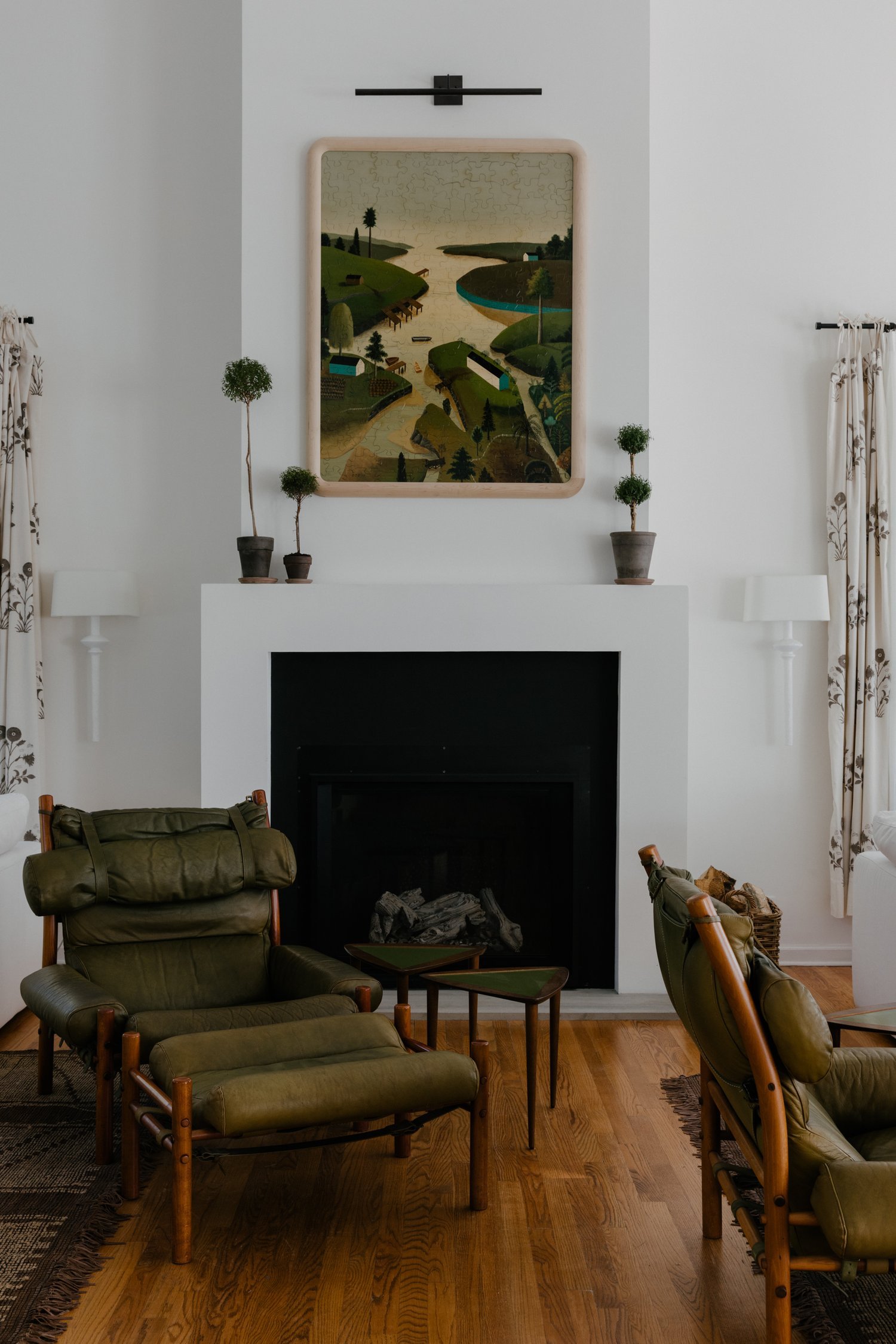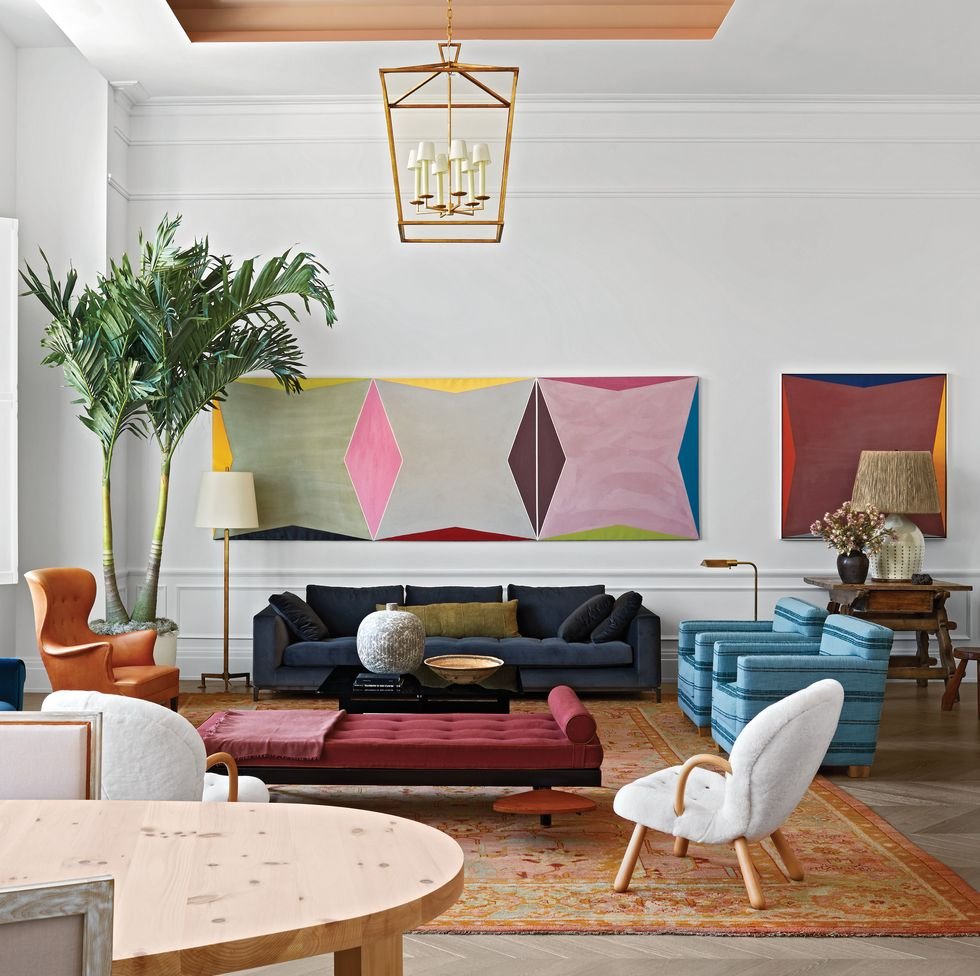Art Collecting for Beginners: How to Create a Beautiful Collection of Art
If you love original artwork, then you might be interested in developing an art collection. There are a lot of benefits to collecting art from supporting artists to creating a unique and personal collection, but it can be overwhelming and intimidating if you’re unsure how to get started.
Whether you’re stuck on where to buy art, what kind of art to buy, or how to find art in your price range, we’re covering all the basics to point you in the right direction. Keep reading for our expert guide.
Art Home Garden
Why Collect Art?
If you’re new to buying art, you might wonder why it’s worth starting an art collection. Yes, many of the most prominent art collectors are ultra-wealthy and famous, but that doesn’t mean you have to be to create a meaningful collection.
Collecting art is subjective so the reasons differ from person to person. Maybe you’re interested in building a collection from an investment perspective or you want to support the arts and upcoming artists.
Perhaps you’ve just bought a new home with a lot of blank walls to fill, one of the ways to make your home feel personal and unique is to include original artwork in your design scheme. That way you're filling your home with one-of-a-kind handmade pieces that are meaningful and bring you joy – pieces that you love to live with every day.
Architectural Digest
How to Start Building an Art Collection?
To create an art collection there are important considerations you’ll want to make before you start buying anything. Keep reading for our tips on how to get started.
Set Your Goals
Before you start looking at art you’ll want to make sure you define your collection goals to help direct your search. Again every collector has their motivations, so yours will be specific to you, but it’s important to consider because it will set the foundation for the type of collection you ultimately create. Here are some common examples:
Aesthetic purposes and to fill your home with personality and character
Investment opportunities
Support the arts or a specific group of artists (female artists, artists of color, emerging artists, etc.)
Create a legacy to pass down to your loved ones
Once you know why you want to build a collection, it’ll then help determine what kind of art and artists you start looking at.
For example, if you’re interested in building a collection as an investment you’ll likely want to look at more established artists. It’s important to note that like with many types of investments, there is no guarantee when it comes to artwork. But if it’s a priority for your collection you’ll want to be sure you do your homework and consult with an art advisor, curator, or gallerist.
Keep in mind that it’s unlikely that you’ll stumble upon the next Warhol or Rothko, so it’s a good idea to buy pieces that you’re drawn to and love. Since it’s something you’ll live with you want it to spark a feeling and inspire you every day. This also means you should beware of trends and avoid purchasing pieces just because they’re the next hot commodity.
Architectural Digest
Have a Budget
When it comes to artwork, prices can range from under one hundred to millions of dollars. It’s a vast scale, so to help narrow down the pool of art you consider you’ll want to establish a budget.
A good rule of thumb is to set an annual budget for your art purchases. Or if you’re buying art for your home primarily then set an overall artwork budget for your home.
Since your budget will set important parameters for the type of artwork you buy, it’s also a good idea to adopt a quality-over-quantity mindset.
Elle Decor
Research and Plan
After you know why you want to build a collection and how much you can spend, you’ll then be able to start planning what kind of artwork you want to buy.
Again both your goals and your budget will help inform your search. But there will be other questions you’ll want to consider like
What styles of artwork are you drawn to?
What will coordinate with the style of your home and interiors?
Are you interested in historic or living artists? Or both?
What types of artwork or media are you interested in? Painting, sculpture, photography, drawings, prints?
What sizes of art will work best for you?
Getting a handle on these questions is the last step before you’re ready to start looking and shopping.
1st Dibs
Where to Shop for Art?
Now that you’ve answered all the important preliminary questions, you can move on to browsing and shipping for artwork. This typically falls into two categories – in-person or online shopping. We’re covering both below.
Shopping for Art In Person
Seeing art in person is a great option because you get a true sense of the artwork – how it makes you feel, the scale, subject matter, colors, texture, technique, etc. No matter how great a photograph of a piece of art is, it cannot compare to the real thing.
Local galleries, exhibition openings, art fairs, and auctions are great ways to see art, learn about artists, and meet other collectors and art lovers. Also, consider attending art talks or other public events to learn more about a particular art movement or artist.
Keep your eyes open for artwork opportunities when you’re out and about. Many cafes, restaurants, boutiques, and hotels incorporate original artwork in their interiors. If you see a piece you like don’t be afraid to ask about the artist – it’s a great way to discover new artwork.
House Beautiful
Shopping for Art Online
One of the main benefits of shopping for art online is that there is such a wide variety at your fingertips. You have access to artwork in an endless range of styles, types, prices, sizes, and from artists around the world.
The downside of all those possibilities is that the selection can be overwhelming, so it’s good to know what the trusted resources are. Established online marketplaces and galleries with great selections include – Etsy, Artsy, Saatchi Art, Artfinder, Artspace, 1st Dibs, Lumas, and Uprise Art.
Or if you have a particular artist (or artists) in mind that you discover during your research you can buy from them directly. Many artists have their own personal websites or social media accounts to sell their work online.
Another drawback of purchasing artwork online is that you often can’t see the work in person before you buy it. So it’s important to check that the gallery or artist has a return policy in case it doesn’t arrive as expected.
Look, Look, and Look Some More
Whether you shop for art in-person, online or both it’s important not to rush the process. You may decide on an artist you like immediately, but you shouldn’t try to create your whole collection all at once. Creating a thoughtful, cohesive, and meaningful collection takes time and knowledge, so take your time and enjoy the journey!
Need Help Starting an Art Collection?
If you’re struggling with any part of this process, it may be time to call in professional help. At AHG Interiors we offer artwork curation to include beautiful, meaningful, and custom artwork in your home design.
We’ll save you time by doing the research and legwork. And by listening to your wants, needs, and desires, we’ll curate a stunning collection that works with the aesthetic of your home and meets your collection goals. Get in touch with us today to get started!







